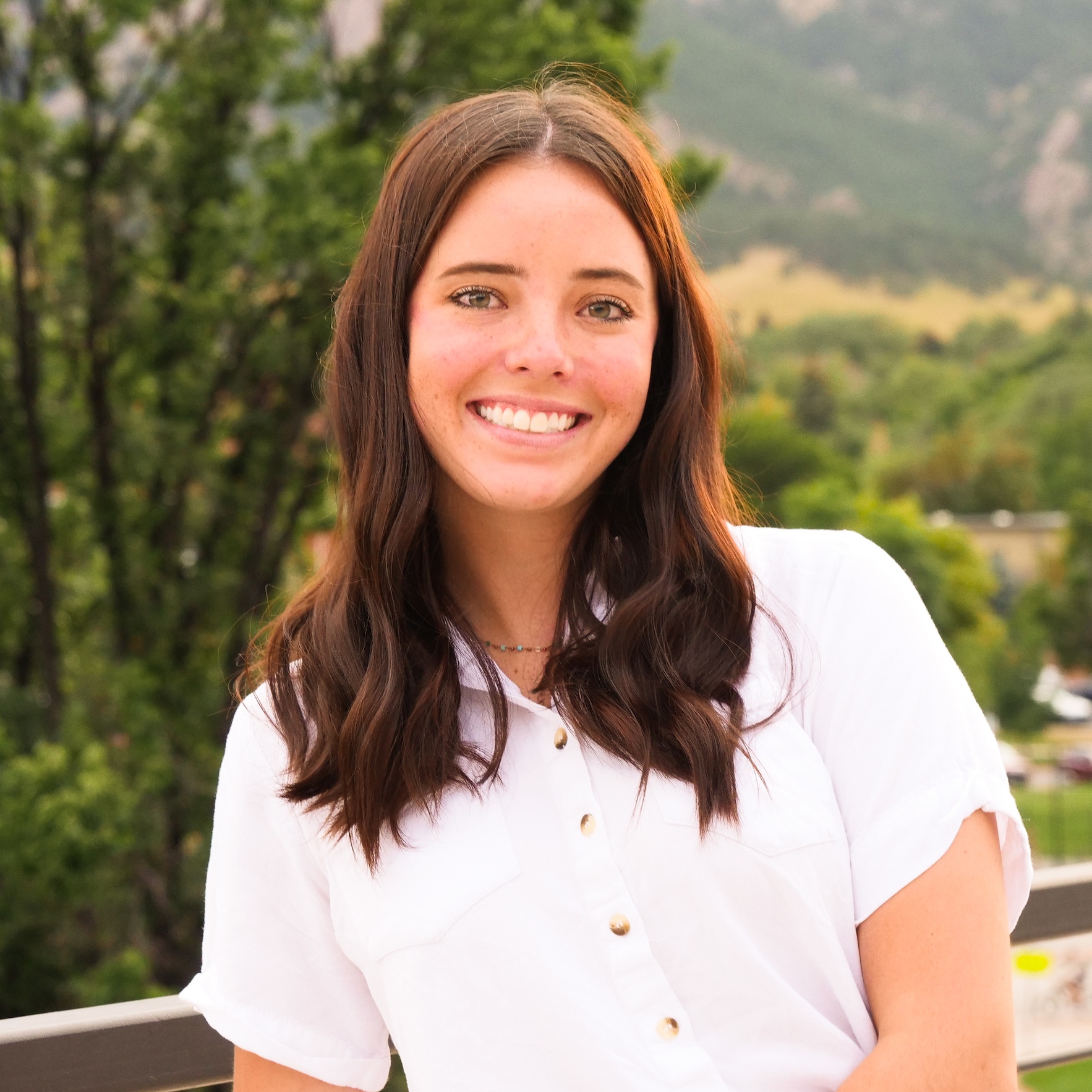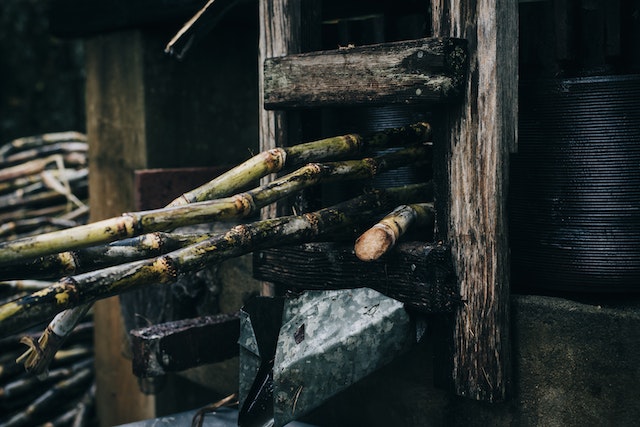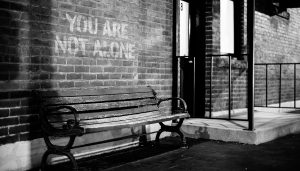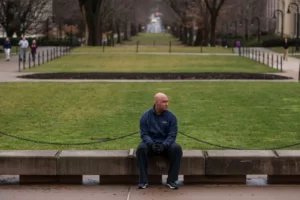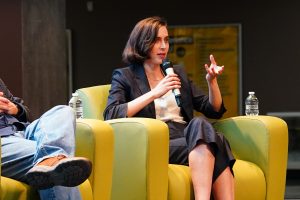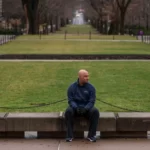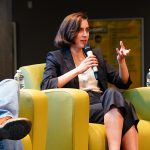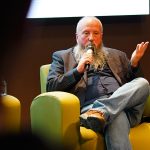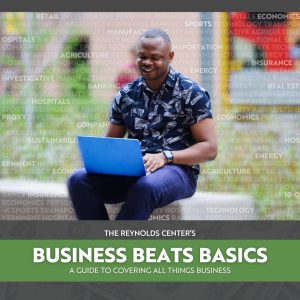The sugar from cane fields in a southern Florida community, the Glades, accounts for more than half of the country’s cane sugar, Lulu Ramadan found. She grew up in a neighboring community but never saw the thick smoke wafting from the area during harvest season.
Years later, as a reporter for the Palm Beach Post, she was there knocking on hundreds of doors, setting up automated text messaging systems, testing air quality, and reporting on the devastating health impact of sugar cane production to create a massive series around what the community calls “Black Snow.”
As soon as Ramadan found a document from the 90s that banned sugar growers from burning the fields when the wind blew towards the east—where the white communities lived—yet not when the wind blew towards the west—where the population was primarily lower-income people and people of color—she knew she had a story.
“That immediately was like, well, if you ever need a red flag, there’s a really big one,” she said. “Why ban it if it’s blowing in a certain direction if it’s not actually a problem? So really quickly, it emerged as an environmental justice issue and so it wasn’t hard to pitch to my editors.”
Her editors quickly approved and Ramadan teamed up with reporters Maya Miller and Ash Ngu from ProPublica. The group faced many hurdles, working virtually from three different states, racing into town to get photos, videos of the short burn windows and most difficult—getting community members to speak.
“This is a community that has, honestly, historically just been ignored by the media, including my own paper,” Ramadan said. “So there was a lot of trust building that needed to happen.”
They didn’t want to only contact people considered activists, the filers of the class action lawsuit against sugar companies. So, Ramadan and the team called one in every six voters, knocked on doors and asked local teachers and doctors for help. From there, they found the heartbreaking stories of two young boys with severe respiratory issues, among many others.
“So that was part of a really massive engagement effort on our part and I think what it really allowed us to do was to be able to say, with complete confidence, that ‘yes, this was a problem that was being experienced in the broader community,’” she said.
Ramadan also acknowledged that the success and impact of the story goes beyond what the reporters were capable of doing. With a story of this size, scale and importance, they knew they needed the help of the community to document the effects of sugar cane burning.
Neighbors signed up for their automated text message program where they could submit first-hand information, photos and videos to the team when the fields began burning. The reporters could follow up in real-time and hear from those sources about how they were doing.
“This is a huge, huge area. We’re talking 100,000 acres,” Ramadan said. “But if we could, in real-time, get people sending us photos, videos, feedback, comments, descriptions, as fires are burning near them, that would let us have eyes everywhere all at once.”
They also knew testing air quality levels would provide vital data for the story. The connections they made with academics would quite literally help them in the field when measuring for harmful effects in the area.
“It was a really great collaborative process; we partnered with academics,” she said. “They sort of helped us understand what we could and couldn’t do, given the scenario and what we had the potential to do.”
Ramadan said although their reporting is complete, many academics they worked with have continued researching the effects of big companies on the environment in communities many call home.
“The academics who were willing to keep the research going was one of the most satisfying things, because I think it’s going to take a very long time to establish a strong base of scientific evidence that will lead to government action on agricultural burning,” she said.
Working with—and against—the sugar industry was one of the most difficult parts of the reporting process, Ramadan said. Earning a top medal at the 2022 Barlett & Steele investigative business journalism competition proves that her hypothesis, experiments, and reporting were correct.
“I mean, if we don’t do it, then no one will,” she said. “It’s really obvious that there is a pattern of for-profit companies exploiting weak laws in the U.S. to bolster their own revenue and if that’s also disproportionately impacting low-income people and people of color, we have to pay attention to that.”
Read the full series here.


